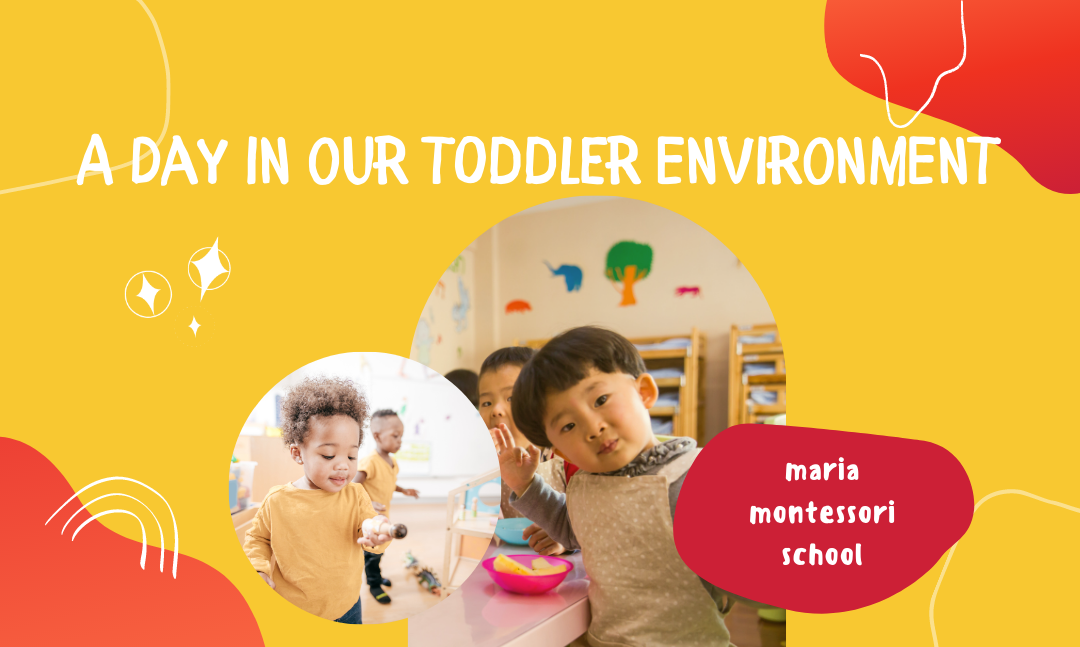Few things on a Montessori campus are sweeter than watching our youngest students learn, grow and explore. At Maria Montessori School in Harbor Town, our toddler environment is home to children ages 18 months to 3 years. This age range creates a lively community, filled with children who are actively discovering the world around them for the first time. So many things are new, exciting, and sometimes overwhelming. Any day spent in this environment would look different, but there are some key similarities that create the structure for what a day could look like. Here’s what shapes a day in the toddler community.
The first plane of development
Children in our toddler environment are in the first plane of development. If you’re not familiar, the planes of development were developed by Dr. Maria Montessori to explain the educational stages children progress through during their formative years. Children from birth through age 6 are in the first plane, known as “infancy.” In this plane, children are developing physical and biological independence.
If you know a toddler, then you’ve probably heard a version of the phrase, “Let me do it.” This is a key component of the first plane of development, and everything in the toddler environment centers around this concept. Guides in the toddler community are specially trained to demonstrate activities, fostering curiosity in the children to try things on their own.
Part of developing biological independence is the exploration of the five senses. Children naturally explore things with all of their senses, touching, smelling and tasting things (often to the chagrin of their parents). Our toddler environment plays into this important developmental milestone, providing opportunities to learn lessons across all of the senses.
The spaces and materials
The materials in a toddler classroom are grouped together into several spaces: language arts, sensorial, math, cultural studies and practical life. Each space contains materials that they can explore independently or with the support of our guides. The children navigate the materials, letting their natural curiosity drive their exploration and interactions.
As you read, some of the spaces are more academically focused – like those for language arts, math and cultural studies. Others are more life-focused – like sensorial play and practical life. Both types of spaces play an important role in the development of young children. At this age, there is no difference between learning language and learning about sense. All of these concepts are new and important to learn. So, emphasis isn’t placed on letters over pouring or on learning numbers over tying laces.
An average day
In short, there is no average day in our toddler community. Each day brings new and exciting things to the table, as our youngest students are engaging with something unique and exciting every day. A morning could include the introduction of new sensory cards demonstrating letter formations, while the afternoon could be spent visiting the garden to look for caterpillars. The next morning might be spent sorting beads by color, followed by hopscotch in the afternoon. The average day in a toddler classroom is all about discovery and exploration.

